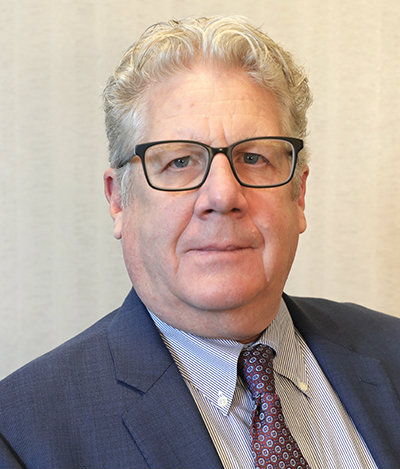Late last week, the Federal Housing Administration announced a new series of protections which will apply to all eligible non-borrowing spouses (NBS) of Home Equity Conversion Mortgage (HECM) borrowers, expanding the range of qualifying criteria for such NBS, eliminating a requirement for certain NBS to produce marketable title to the secured property, and amending qualification requirements for the NBS of borrowers who have to move out of the home for health reasons.
The last substantive NBS protections handed down for HECM borrowers by FHA occurred in the fall of 2019, which received a generally positive response from the reverse mortgage industry and specifically those entities involved in servicing. RMD received similarly positive responses to the latest guidance from servicers and the reverse mortgage industry’s trade association.
Servicer response
Servicing has often been a source of concern for many reverse mortgage industry participants as well as analysts and observers, so additional attention on the part of FHA and the U.S. Department of Housing and Urban Development (HUD) on issues related to reverse mortgage servicing has been generally welcomed by such professionals in recent years. When reached about the newly-announced protections for eligible NBS, servicers generally reacted with appreciation according to outreach conducted by RMD.
“I believe that the servicing industry is very appreciative that HUD has essentially created one set of rules for all non-borrowing spouses to remain in their homes,” says Leslie Flynne, SVP of loan servicing at Reverse Mortgage Solutions (RMS) to RMD. “The timeframes required for NBS to meet the requirements are accomplishable and hopefully this will bring an end to this very troublesome issue.”
Others are a bit more effusive to HUD and FHA for attention on this issue, particularly in the sense that there are hurdles which have gone previously unaddressed in terms of loan servicing that there now appears to be some movement on.
“Celink applauds HUD for implementing much-needed positive change to the guidelines that impact both Non-Borrowing Spouses and loan servicers,” says Ryan LaRose, chief client and industry relations officer at Celink to RMD. “The new regulations remove some of the more challenging hurdles for an eligible NBS to qualify for protection – and those changes should make the program easier and more effective for them.”
That being said, the new protections announced by FHA are not exactly a proverbial “silver bullet” in terms of shoring up all issues related to reverse mortgage servicing, as some outstanding issues still deserve attention from HUD and FHA in the future, LaRose explains. That is not said in an effort to diminish the visible progress these newest provisions signify, however.
“There are still some areas for improvement, such as the difficult requirement for the NBS to provide an occupancy certificate within 30 days of the servicer’s notice of the borrower’s death (which can be too short of a window at a very difficult time for the spouse),” he says. “However, these incremental improvements to the guidelines are a very big step in the right direction and will provide a greater level of protection for the NBS that has been impacted.”
Association response
The National Reverse Mortgage Lenders Association (NRMLA) also welcomes the attention given by HUD and FHA to reverse mortgage servicing issues through this guidance, according to Steve Irwin, the association’s president.
“NRMLA welcomes the policy guidance detailed in Mortgagee Letter (ML) 21-11,” Irwin tells RMD in an email. “We have long advocated for NBS protections in those instances where the borrower has had to relocate to a care facility, an issue now resolved through this policy guidance. We also applaud the Department’s efforts to use the Reverse Mortgage Stabilization Act to act nimbly and smooth out inconsistencies in policies based on case number assignment date.”
In general, the industry looks upon the guidance as presented in the latest Mortgagee Letter with appreciation, Irwin concludes.
“Our members, and the customers they serve, applaud these policy changes,” Irwin says.
Mortgagee Letter
The new ML features four primary new protections for eligible NBS in a reverse mortgage transaction, including the expansion of criteria that begins a deferral period for HECM loans with case numbers assigned on or after August 4, 2014, including for a scenario in which the primary borrower resides in a healthcare facility for more than 12 consecutive months but the NBS has remained in the home.
The ML also expands assignment criteria for Mortgagee Optional Election (MOE) Assignments for HECMs with case numbers assigned before August 4, 2014. The new criteria will “include HECMs eligible to be called due and payable under the terms of the original mortgage due to the property no longer being considered the Principal Residence of a borrower due to the borrower’s residence in a health care institution for more than 12 consecutive months,” according to the ML.
A prior requirement which said that an eligible NBS must establish marketable title or other legal rights to remain in the property following the death of the primary HECM borrower has been eliminated, according to the ML. The agency details that while HECM mortgagees can begin using the new procedures immediately for all new HECMs, those electing not to do so will have to have the new procedures implemented by September 3, 2021, or 120 days after the publication of the ML 21-11.
Read RMD’s original coverage of the new guidance, as well as ML 2021-11 itself.







